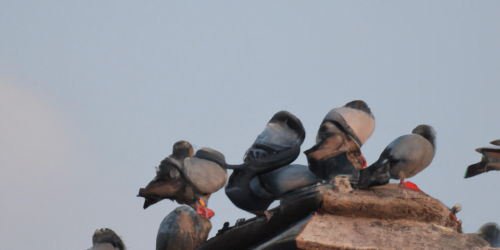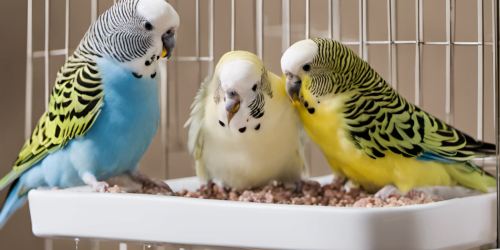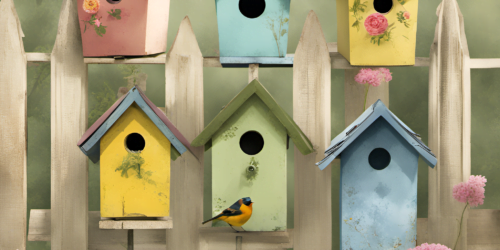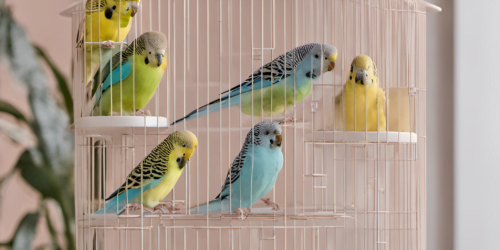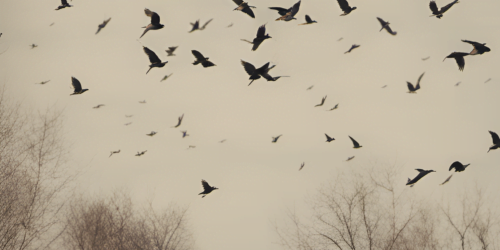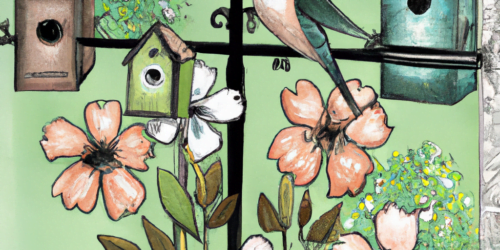Best Bird Box For Small Birds 2023: How To Choose
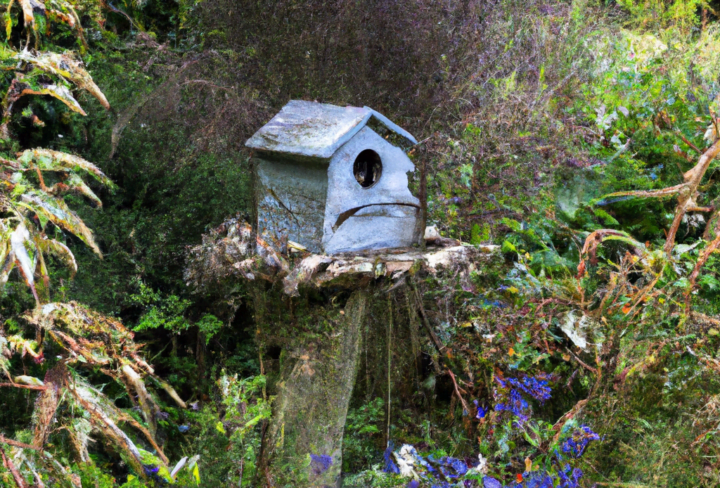
Are you a bird enthusiast looking to attract small birds to your backyard? Deciding which is the best bird box for small birds is one of the first things you need to consider. Providing them with a comfortable and safe haven in the form of a bird box is an important consideration to make.
A bird box, also known as a nest box or birdhouse, can be a wonderful addition to your garden or yard, encouraging small birds to nest and flourish.
However, with so many different options available on the market, choosing the right bird box can be a bit overwhelming.
In this article, we will explore the key factors to consider when selecting the best bird box for small birds.
What To Consider When Picking The Best Bird Box For Small Birds
Table Of Contents
1. Size Matters
When it comes to choosing a bird box for small birds, size matters. Small birds such as bluebirds, chickadees, and wrens prefer cozy spaces that are just big enough for them to nest comfortably.
Opt for a bird box with an entrance hole diameter of 1.25 inches to attract these small species. This size is perfect for keeping out larger birds or predators that may disturb the nesting process.
2. Material Considerations
Bird boxes are available in various materials, each with its own pros and cons. Here are some common options:
a. Wood
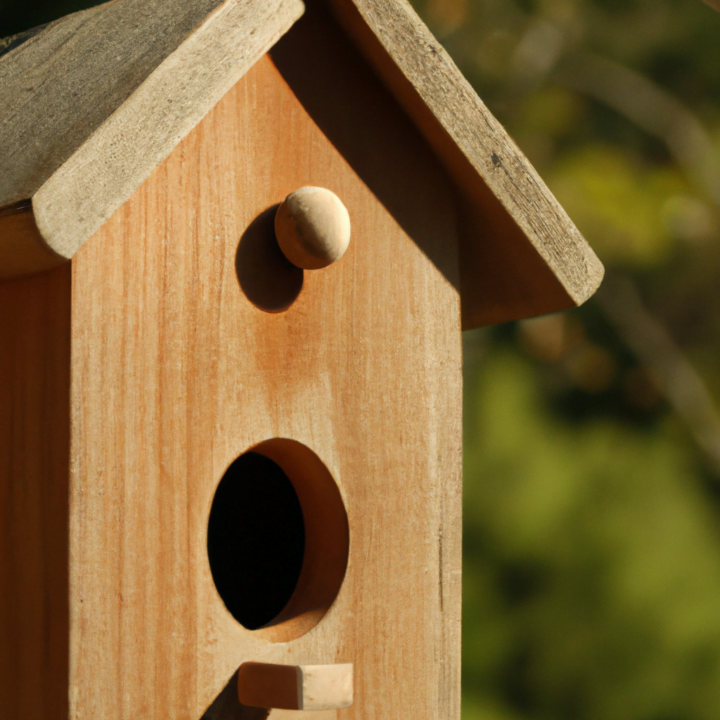
Wooden bird boxes are a classic choice. They provide good insulation and mimic natural tree cavities that birds typically use for nesting.
Cedar and pine are popular wood choices for bird boxes due to their durability and resistance to decay.
Make sure to avoid pressure-treated wood, as the chemicals used in the treatment process could be harmful to birds.
b. Recycled Plastic
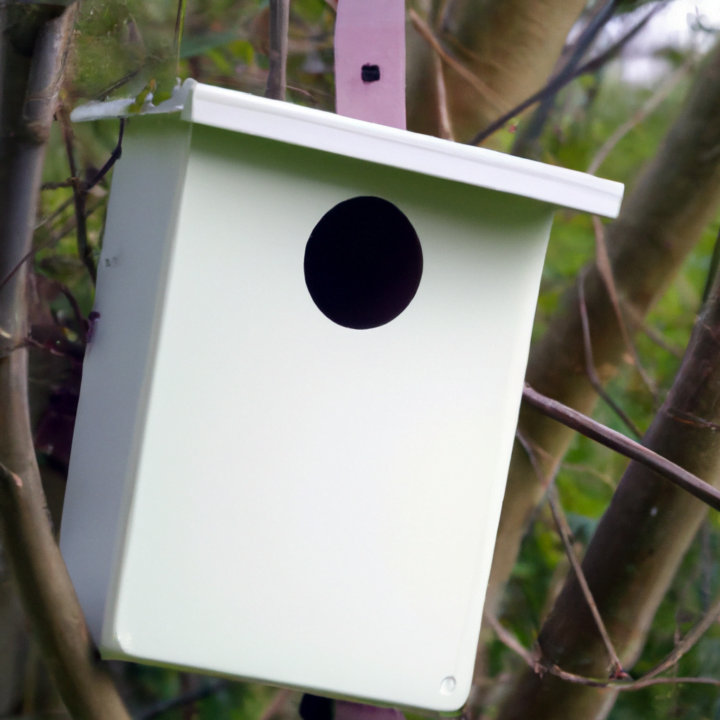
Recycled plastic bird boxes are becoming increasingly popular due to their durability and ease of maintenance.
They are resistant to rot, fading, and warping, making them a long-lasting choice.
Additionally, using recycled plastic helps reduce environmental impact.
c. Metal
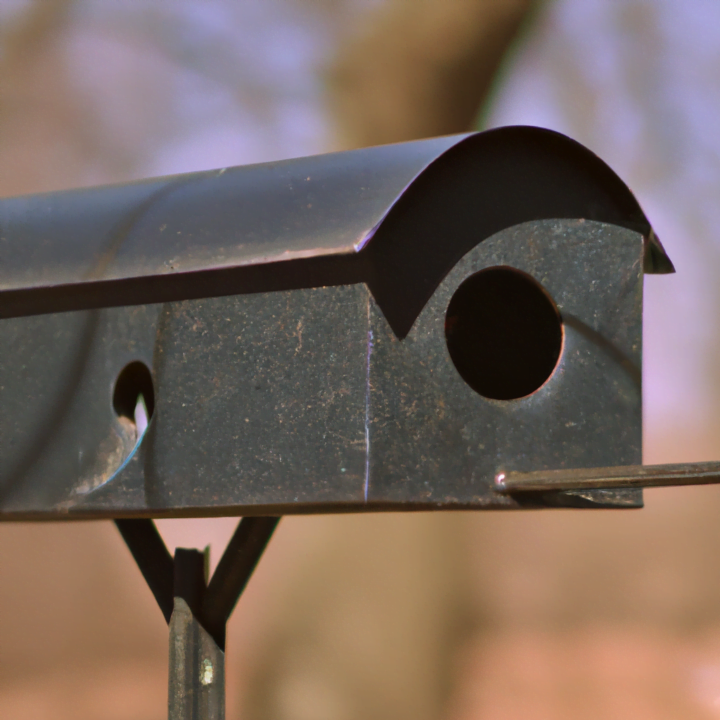
Metal bird boxes offer excellent durability and protection against predators. However, they may heat up quickly under the sun, potentially endangering the hatchlings. If you opt for a metal bird box, consider adding ventilation holes or placing it in a shaded area to prevent overheating.
3. Proper Ventilation
Proper ventilation is vital to maintain the optimal temperature inside the bird box. Look for a bird box with ventilation holes near the top or sides to prevent the buildup of heat and humidity. Adequate ventilation helps create a comfortable environment for nesting birds and reduces the risk of heat stress or mold growth.
4. Drainage System
To ensure the bird box remains dry and clean, choose one with a good drainage system. A sloped roof or drain holes at the bottom of the box will allow rainwater to escape, preventing moisture buildup. Excessive moisture can lead to mold growth and compromise the health of the nesting birds.
5. Predation Protection
Small birds are vulnerable to predators such as squirrels, cats, and snakes. To protect the nesting birds, look for a bird box with predator guards. These can be in the form of metal baffles, predator shields, or extended entrance tunnels. These features deter predators from accessing the nest, increasing the chances of successful fledging.
6. Easy Access for Cleaning
Cleaning the bird box between nesting seasons is essential for maintaining good hygiene. Look for a bird box that provides easy access for cleaning. Some bird boxes have hinged roofs or removable panels, making it simple to remove and clean the box thoroughly. Regular cleaning helps prevent the spread of diseases and ensures the box is ready for the next nesting cycle.
7. Location and Mounting
Choosing the right location for your bird box can significantly impact its success.
Here are a few things to keep in mind:

– Mount the bird box on a secure and sturdy pole, fence, or tree trunk.
– Place the box at least five feet above the ground to discourage predators.
– Make sure the entrance hole is facing away from prevailing winds and direct sunlight.
– Provide clear flight paths to and from the bird box, keeping it away from branches or obstructions.
Conclusion
When thinking about which is the best bird box for small birds you should consider factors such as size, materials, ventilation, drainage, predation protection, easy access for cleaning, and proper location, you can choose the best bird box for small birds.
Creating a welcoming home for these lovely creatures will not only provide you with endless enjoyment but also contribute to their conservation.
So, get ready to witness the beauty of small birds as they make your backyard their cozy sanctuary!
We hope you liked our article :- How To Choose The Bird Box is Best For Small Birds.
Frequently Asked Questions (FAQs)
1. Why should I provide a bird box for small birds?
Small birds, such as sparrows, finches, and bluebirds, often struggle to find suitable nesting sites due to loss of natural habitats. Providing a bird box can offer them a safe place to nest, protect them from predators, and enhance their chances of successfully raising their young.
2. What factors should I consider when choosing a bird box for small birds?
When selecting a bird box for small birds, consider the following:
- The size and entrance hole diameter: Ensure the box is appropriate for the target species and prevents larger birds or predators from entering.
- Material and design: Opt for durable and weather-resistant materials like wood or recycled plastic, with ventilation holes and drainage to keep the nest dry.
- Location: Place the box in a quiet and sheltered area, around 6-15 feet off the ground, away from direct sunlight and prevailing winds.
- Opening mechanism: Choose a box with a hinged or removable front or top for easy cleaning and monitoring.
3. What is the ideal size for a bird box for small birds?
The size of the bird box depends on the targeted bird species. Here are some general guidelines:
| Bird Species | Ideal Box Dimensions (Height x Width x Depth) |
|---|---|
| Sparrows and wrens | 6-8 inches x 4-6 inches x 4-6 inches |
| Finches and chickadees | 8-10 inches x 5-7 inches x 5-7 inches |
| Bluebirds and swallows | 8-12 inches x 6-8 inches x 6-8 inches |
4. How can I attract small birds to use the bird box?
To attract small birds to the bird box, consider the following:
- Provide a suitable habitat: Add vegetation and bird-friendly plants around the box to create an inviting environment.
- Offer nesting materials: Place natural materials like twigs, leaves, and feathers near the box to assist birds in building their nests.
- Provide a water source: Birds appreciate access to clean water for drinking and bathing, so consider adding a birdbath or small water feature nearby.
- Offer supplemental food: Install a nearby bird feeder with appropriate food to entice birds and provide additional nourishment.
5. How often should I clean the bird box?
Regular cleaning of the bird box is essential to prevent the accumulation of parasites and diseases. It is recommended to clean it out once a year, preferably after breeding season, by removing the old nests and sanitizing the box with a mild solution of water and bleach. Allow the box to thoroughly dry before reassembling it.
